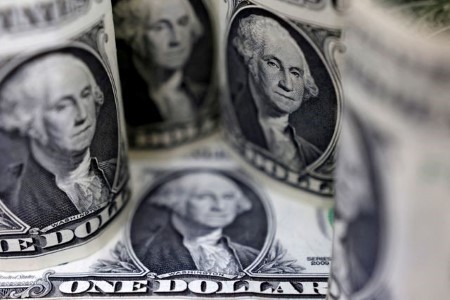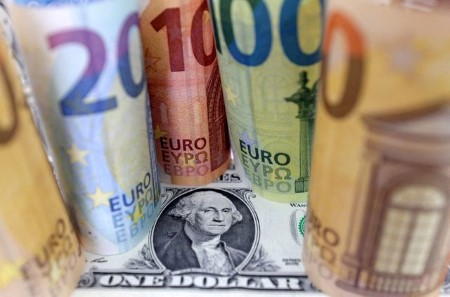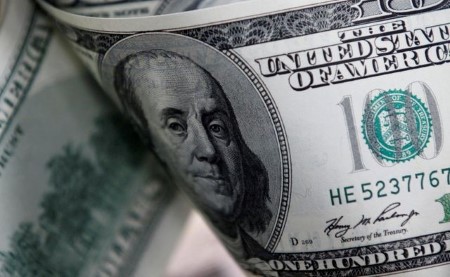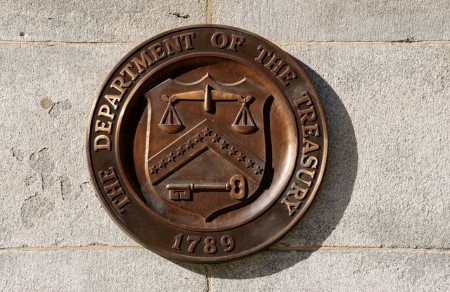NEW YORK, Dec 28 – The benchmark US 10-year Treasury yield rebounded after a brief dip on Thursday, as weak economic data weighed on investors’ outlook for interest rate cuts and a mild recession in the coming year.
Most traders have penciled in at least three rate cuts from the Federal Reserve in 2024, after the central bank signaled it had fewer concerns about inflation at its December meeting.
Yield movements on Wednesday appeared to reflect that view. The 10-year briefly touched 3.820%, its lowest since July 19, but has since climbed back up to 3.833%.
The two-year yield on Wednesday hit its lowest point since May 17 at 4.243%. It was up 2.6 basis points at 4.268%.
Meanwhile, the yield on the 30-year Treasury bond was up 3.2 bps to 3.977%.
The upward movement in yields on Thursday comes after the latest unemployment data, which showed initial jobless claims rose by 12,000 to 218,000 in the week leading up to Christmas.
However, the four-week moving average of initial jobless claims was 212,000, its lowest since late October and a sign of a resilient labor market.
“I do think that as far as the Treasury market has rallied, it could make sense to see some short-term reversal or some modest reversal,” said Michael Lorizio, managing director and senior fixed income trader at Manulife Investment Management.
“Treasuries could push towards the upper end in yields, if data supports that.
Yields briefly dipped following the release of pending home sales figures for November, which held at their lowest levels since 2001 despite falling mortgage rates.
Lorizio and other market participants have noted that it is unlikely the Fed will reverse its rate-cutting tone for next year.
“I do think there’s been just a kind of a gradual shift or change in the Fed’s view now that they’re no longer concerned about inflation getting out of control or really any part of the market overheating,” Lorizio said.
The rates market has priced in high odds the Fed will begin cutting rates in March. At the same time, however, a bear flattening yield curve has pointed to expectations of a mild recession in 2024.
A closely watched part of the US Treasury yield curve measuring the gap between yields on two- and 10-year Treasury notes, seen as an indicator of economic expectations, was at -44.1 basis points.
The US Treasury Department on Thursday auctioned USD 40 billion in seven-year notes, receiving nearly three times that amount in demand. The seven-year’s yield rose to 3.882% following the results. It follows strong demand earlier in the week for auctions of two-year and five-year notes.
| Price | Current Yield % | Net Change (bps) | |
| Three-month bills | 5.2375 | 5.3954 | -0.004 |
| Six-month bills | 5.055 | 5.2733 | 0.002 |
| Two-year note | 99-247/256 | 4.2685 | 0.026 |
| Three-year note | 101 | 4.013 | 0.025 |
| Five-year note | 99-168/256 | 3.8262 | 0.038 |
| Seven-year note | 103-32/256 | 3.8558 | 0.046 |
| 10-year note | 105-112/256 | 3.8331 | 0.044 |
| 30-year bond | 113-92/256 | 3.9812 | 0.036 |
(Reporting by Matt Tracy; Editing by Chris Reese)







 DOWNLOAD
DOWNLOAD













